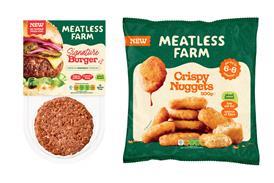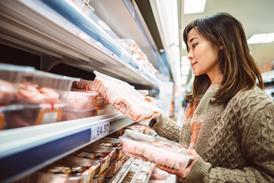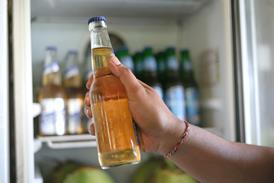- Home
- Retail & Wholesale
-
Products & Suppliers
- Back to parent navigation item
- Products & Suppliers
-
Product Categories:
- Back to parent navigation item
- Product Categories:
- Alcoholic drinks
- Bakery
- Cereals & breakfast
- Cheese
- Chicken & poultry
- Chocolate
- Confectionery
- Crisps, nuts & snacks
- Dairy
- Fish
- Fresh produce
- Frozen
- Household
- Meat
- Own Label
- Sauces & condiments
- Seasonal
- Soft drinks
- Vaping
- Vegan & plant-based
- World foods
- Suppliers
- People
- Reports & Data
-
Topics A-Z
- Back to parent navigation item
- Topics A-Z
-
Popular topics:
- Back to parent navigation item
- Popular topics:
- Cost of living crisis
- Crime
- Deposit Return Schemes
- Finance
- Government & Regulation
- Health
- Inflation
- Loyalty
- Marketing
- Mergers & Acquisitions
- New Product Development
- Sourcing
- Supply chain
- Sustainability & environment
- Technology
- Ultra Processed Foods
- Vaping
- A-Z all topics
- Content by type:
- Events
- Ask iA (beta)
- Subscribe now
What food and drink will the UK grow as temperatures rise?
By George Nott2025-08-12T11:28:00

Climate change is reshaping what we grow and where we grow it — raising opportunities but also threats as to how we can keep feeding ourselves
It’s been a blisteringly hot year. Spring was the warmest since records began in 1884 according to the Met Office, with the mean temperature 1.4°C higher than the UK long-term average. It was the sunniest: with 653.3 hours of sunshine – 43% above average. And it is punishingly dry: the driest in more than a century in England. June continued the trend – England registered its warmest on record. July has also been unusually warm and sunny. And another heatwave is forecast for August.
But this is the new normal. Indeed it’s only going to get hotter, for longer.
Already have an account? Sign in here
Already have an account? Sign in here






